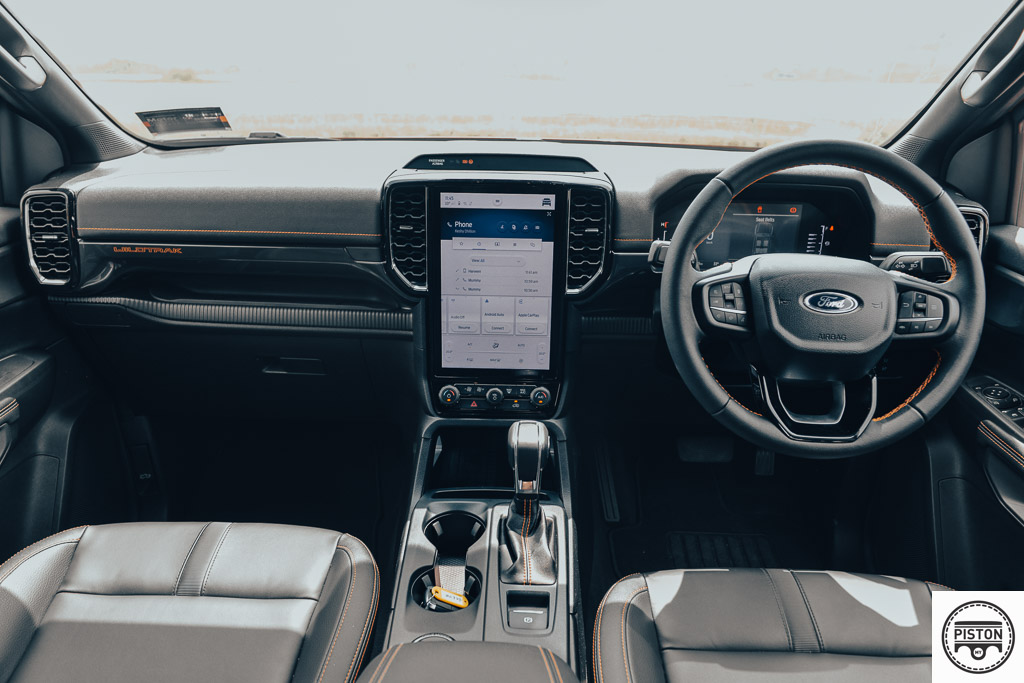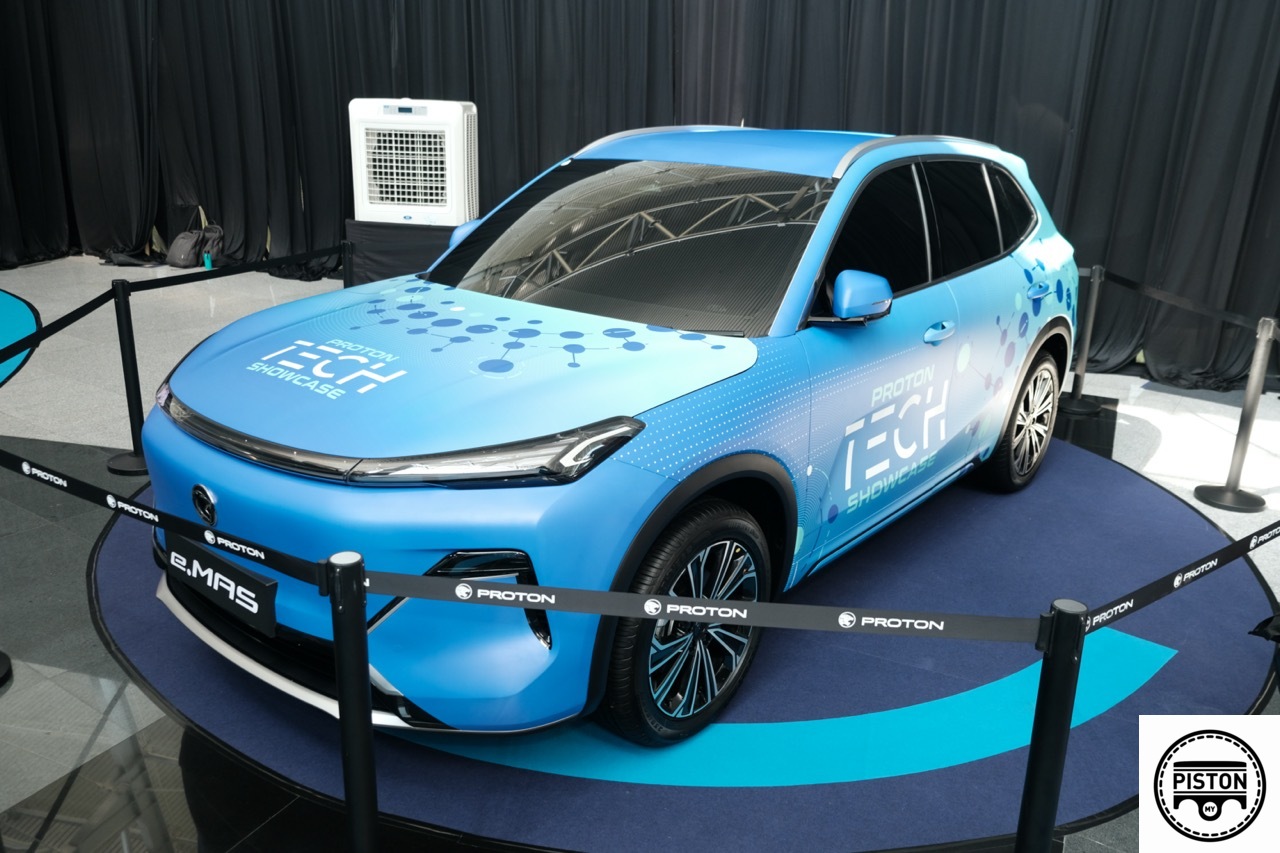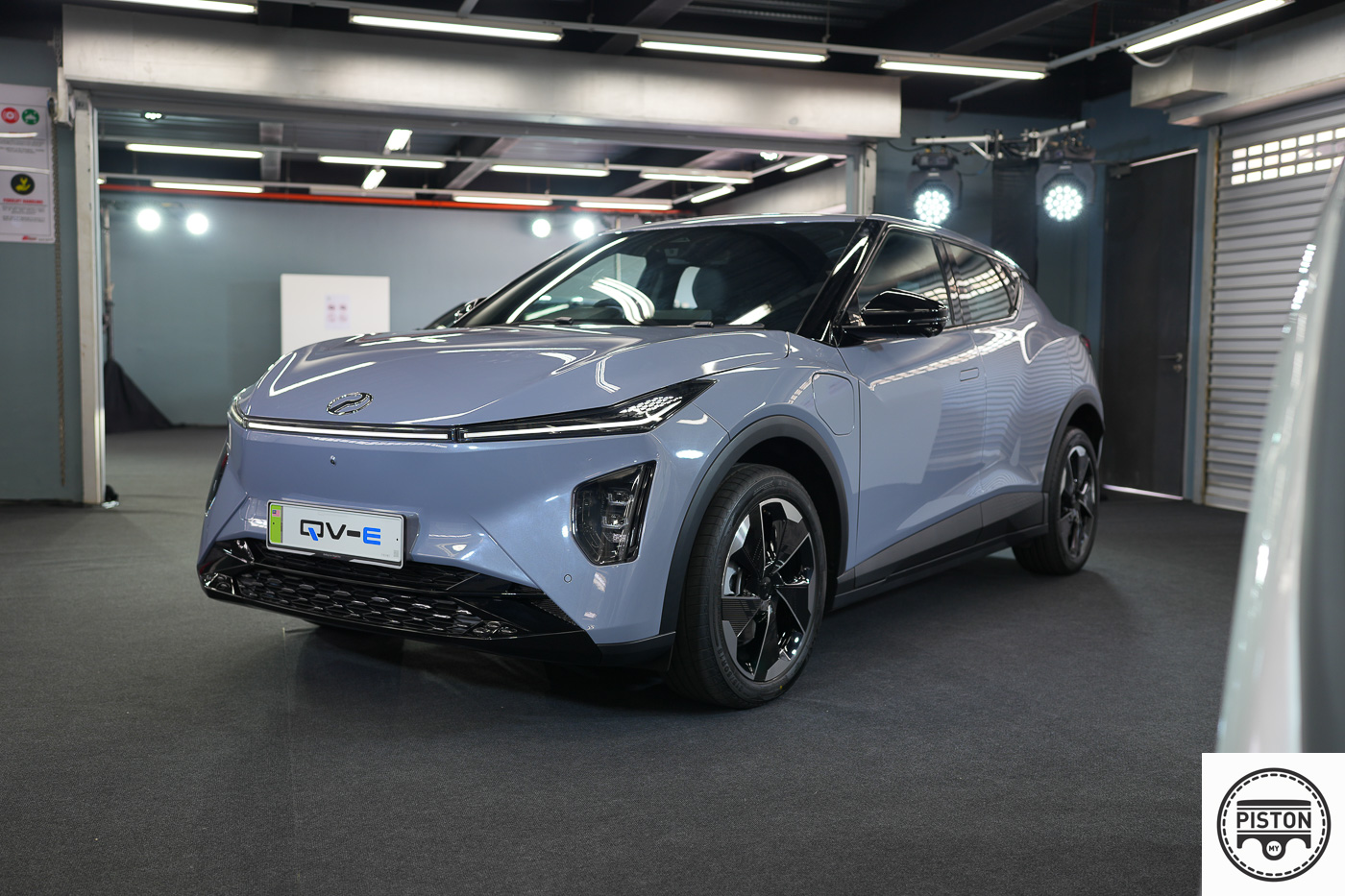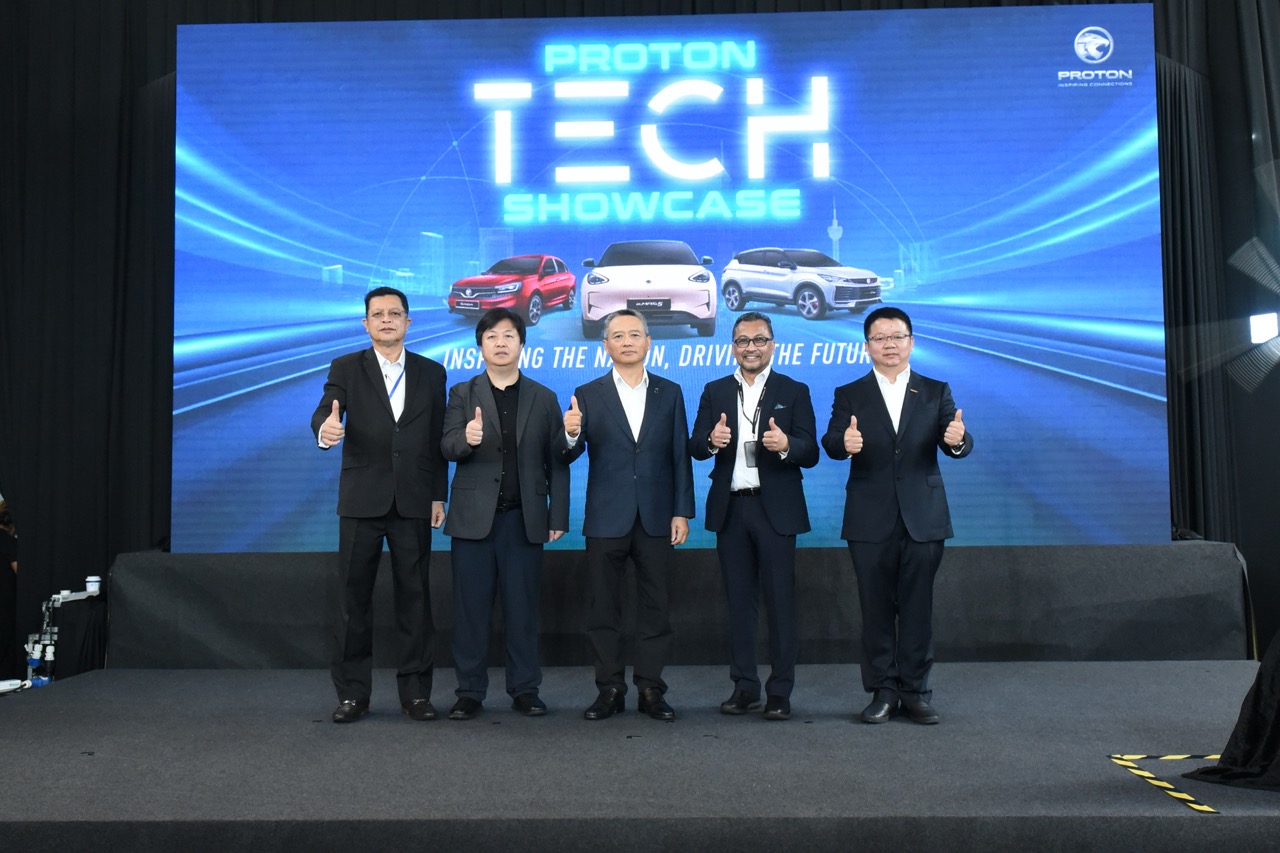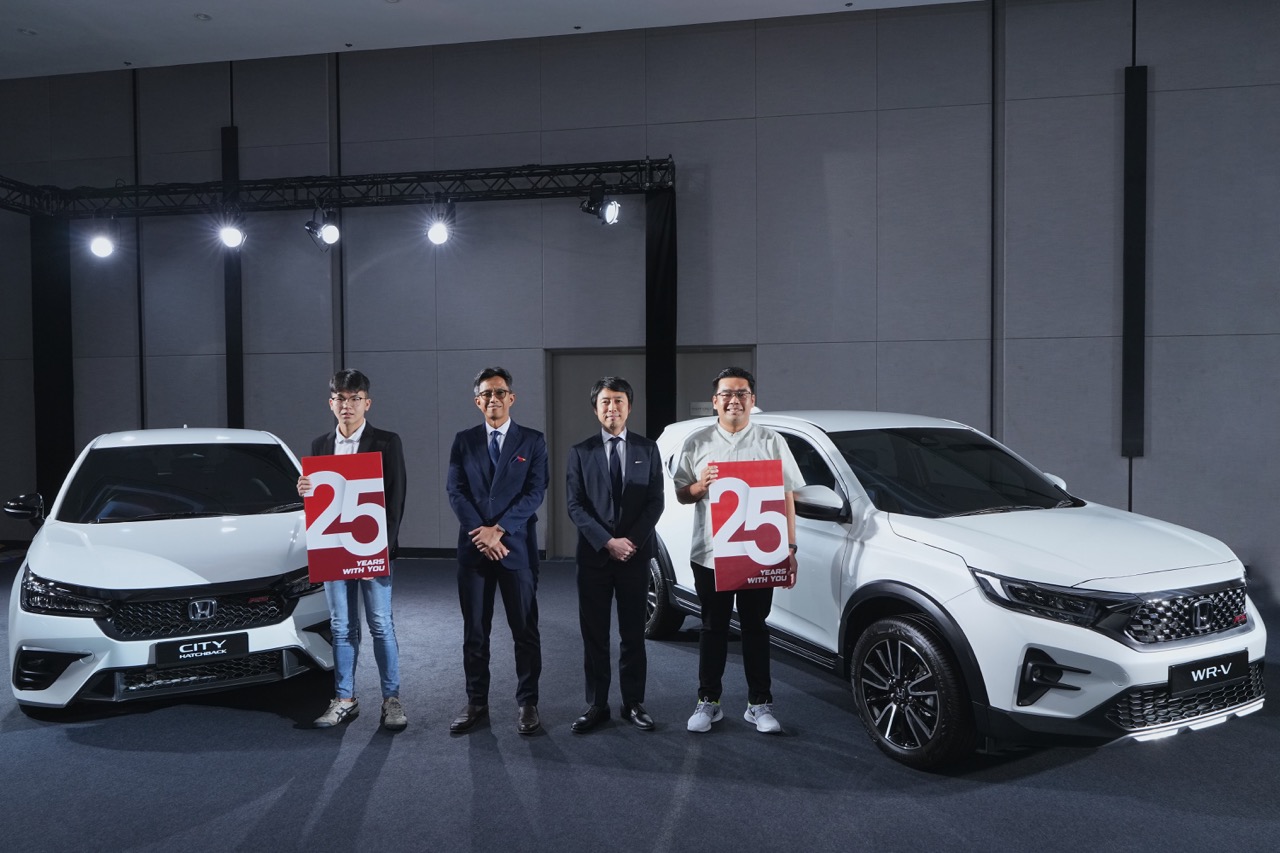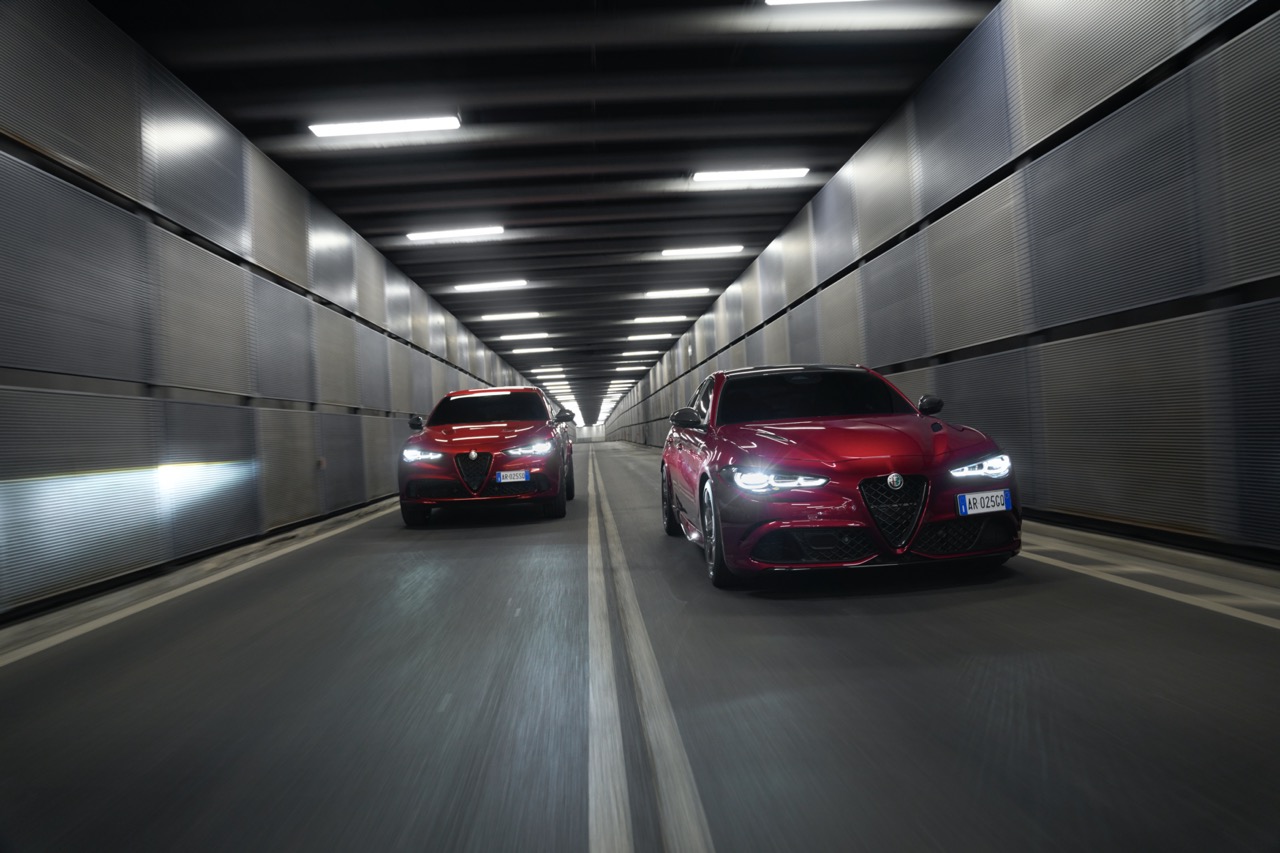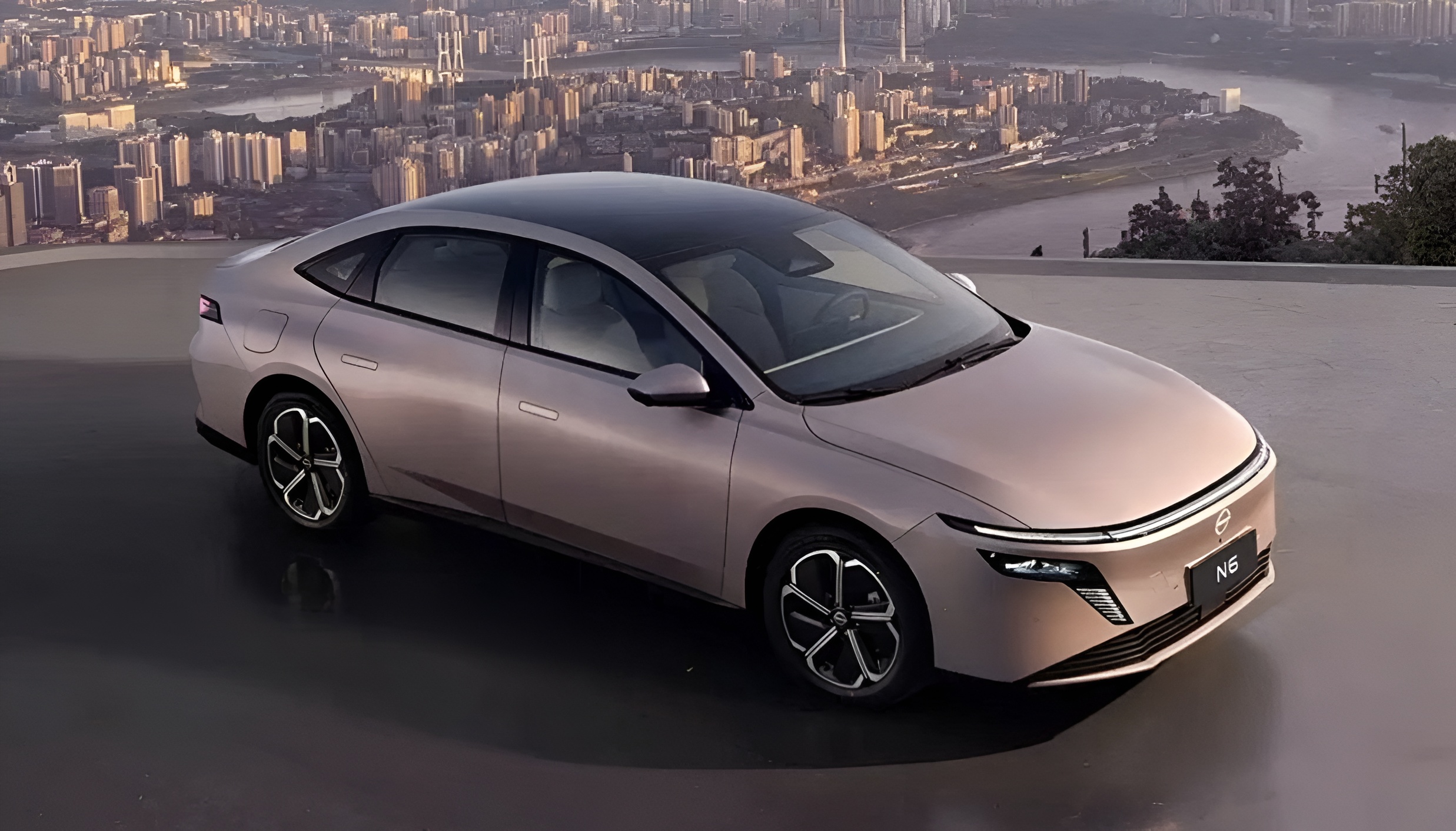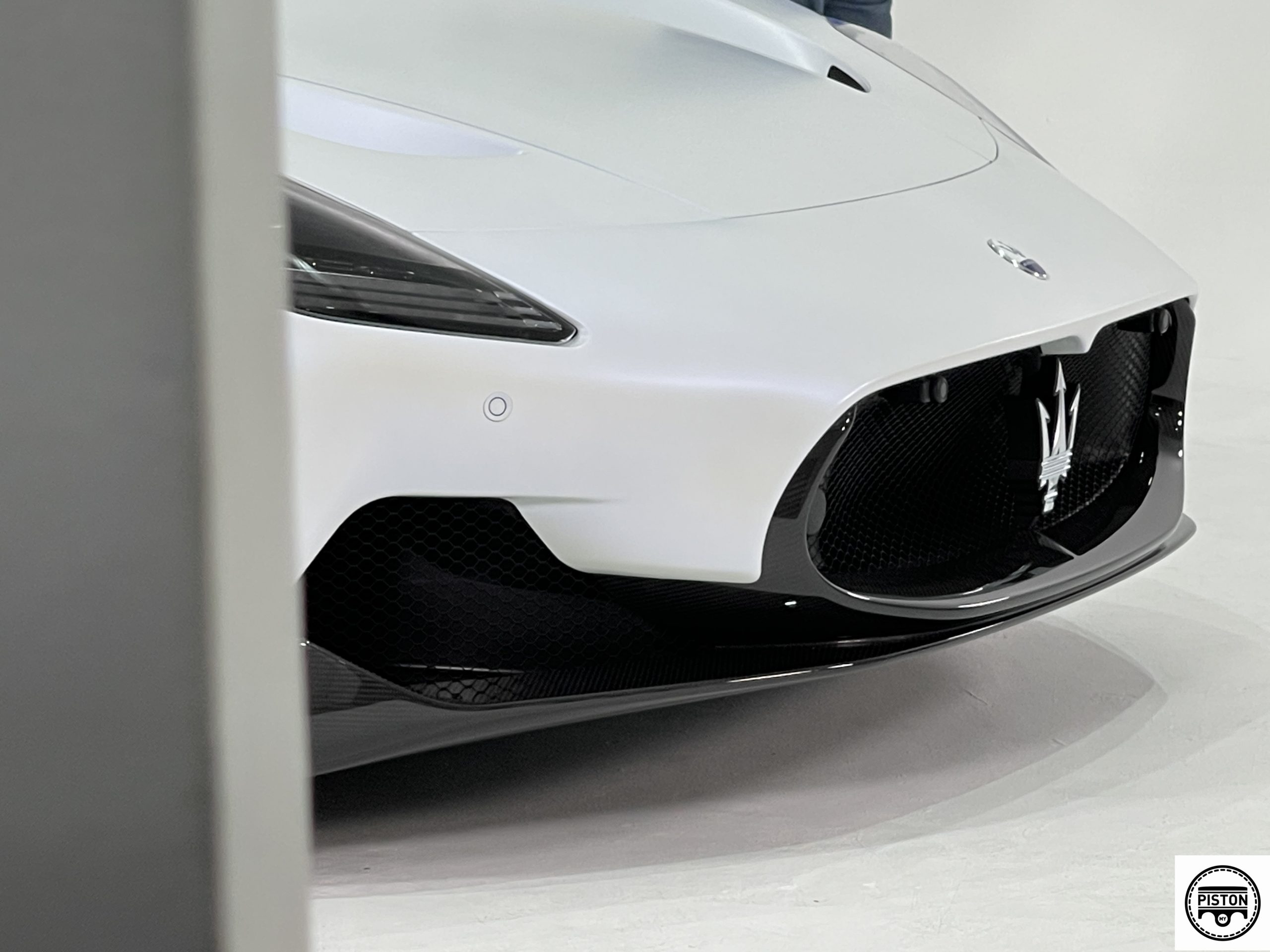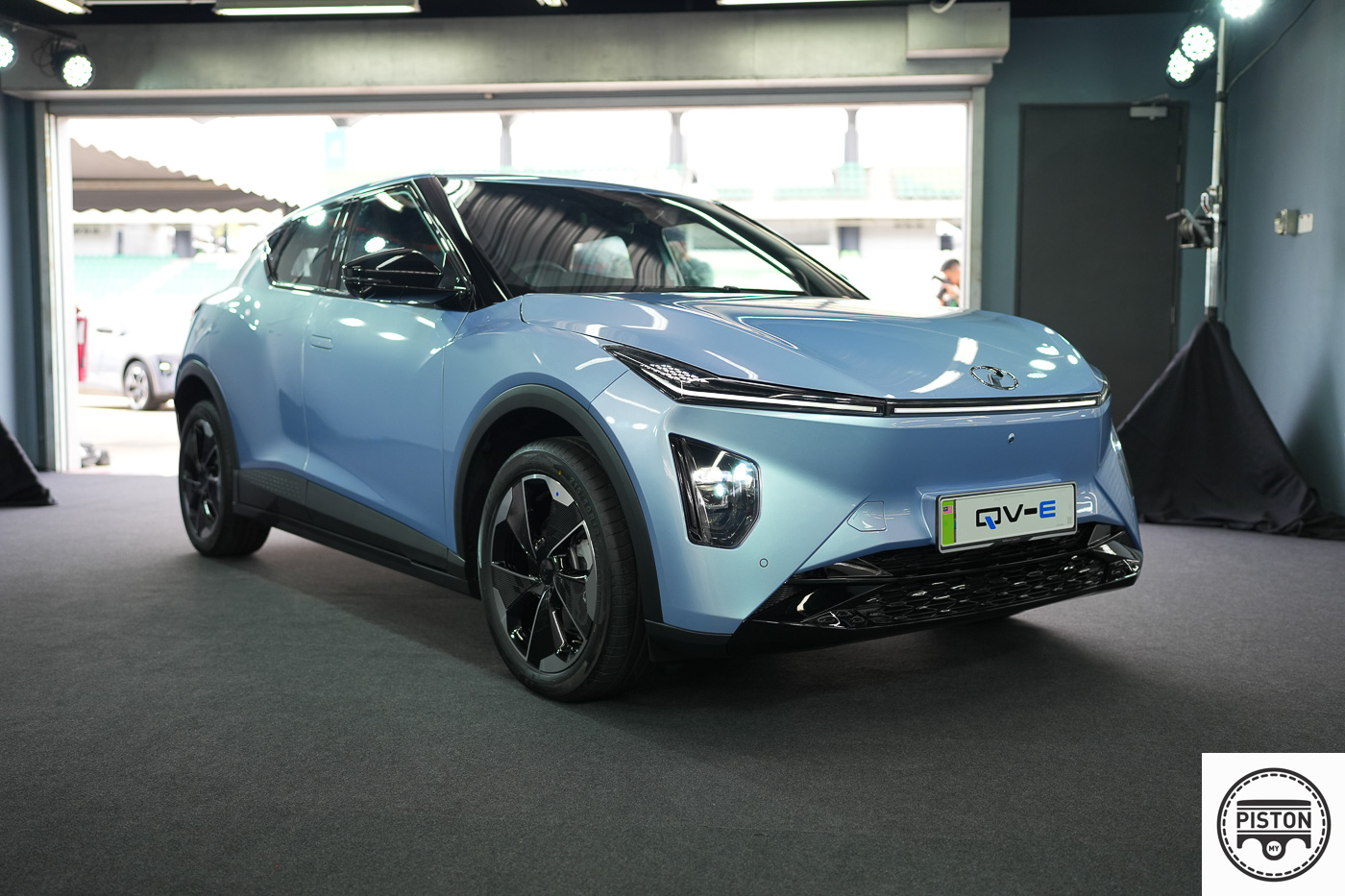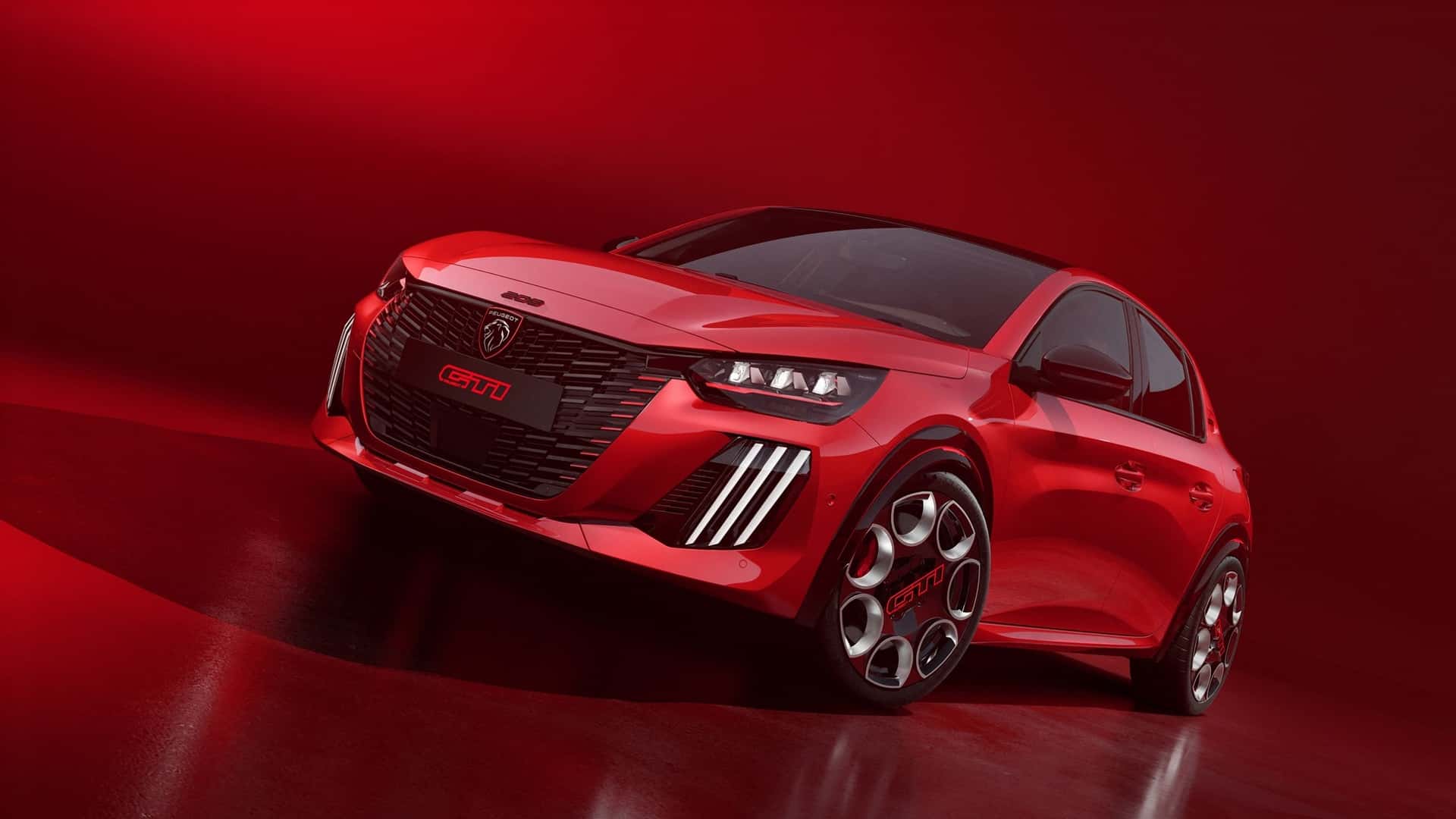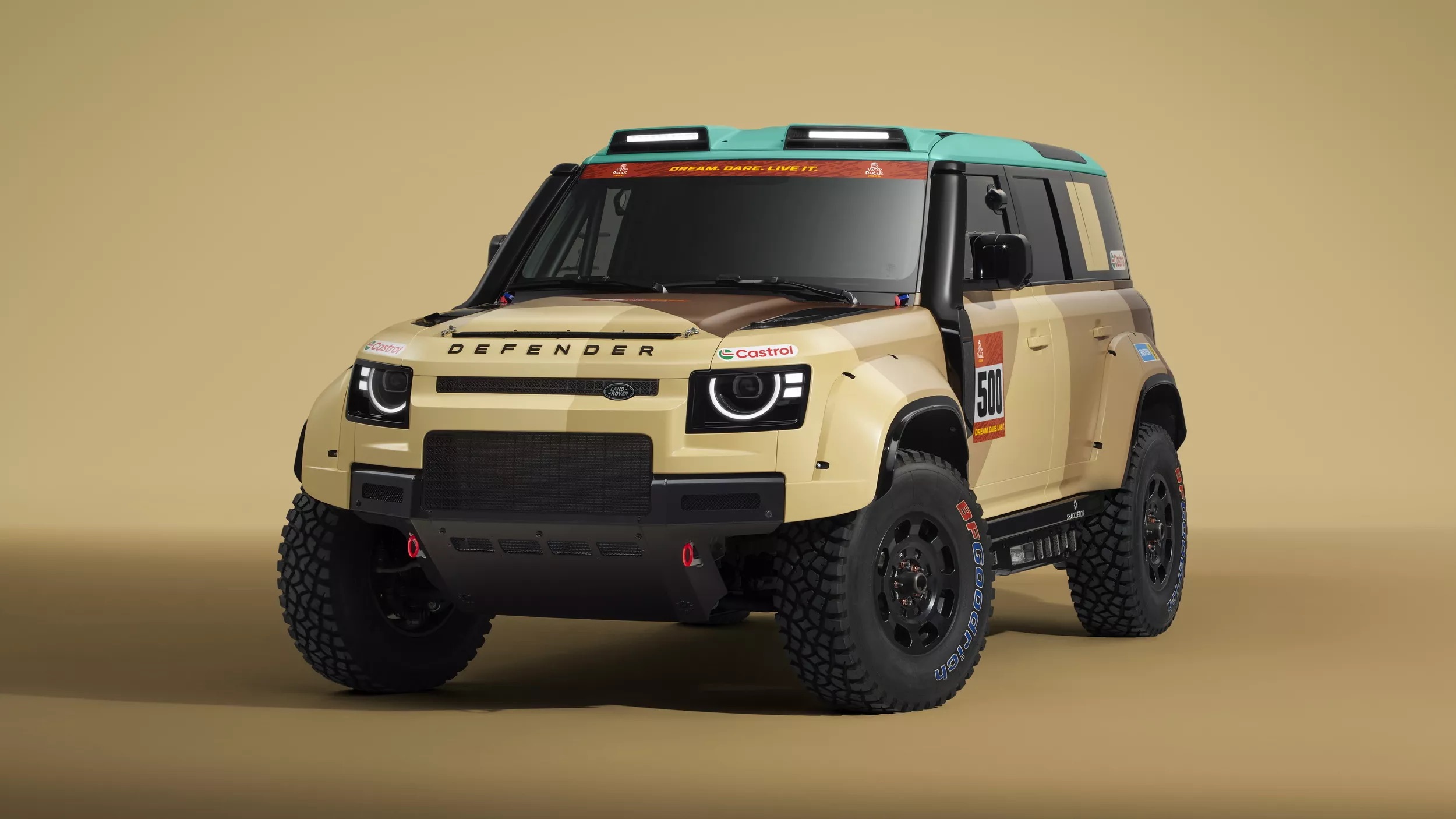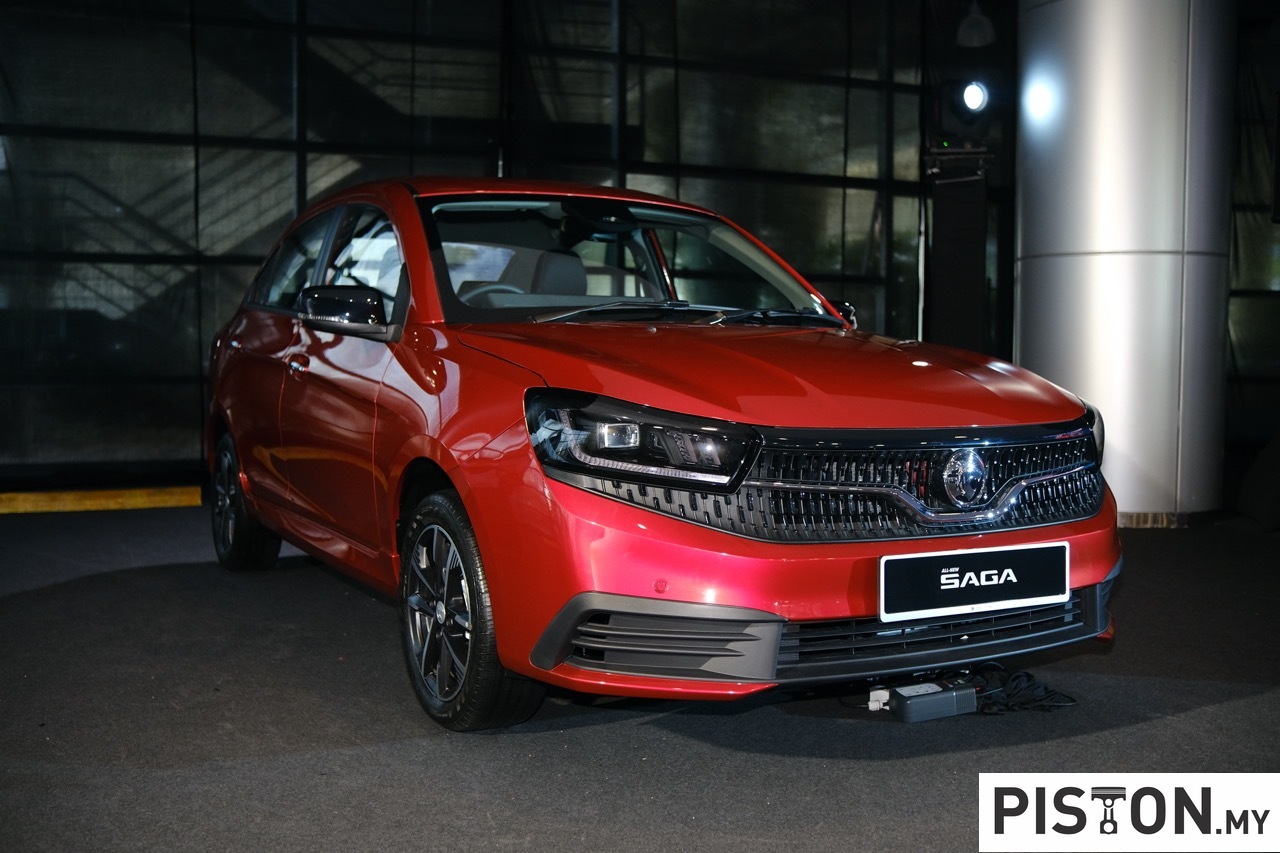Despite having been affiliated for the past 15 years, Ferrari and Naza’s relationship officially ended in March 2023.
In a statement confirming the termination, the Naza Automotive Group said that it had been examining the brand mix of its automotive business to determine whether it was the best fit for its business plan. According to the statement, “We have agreed to end our relationship with Ferrari S.p.A due to the non-alignment of their expectations to our strategy.” Ferrari was assured of help for a successful business transition.
(more…)






